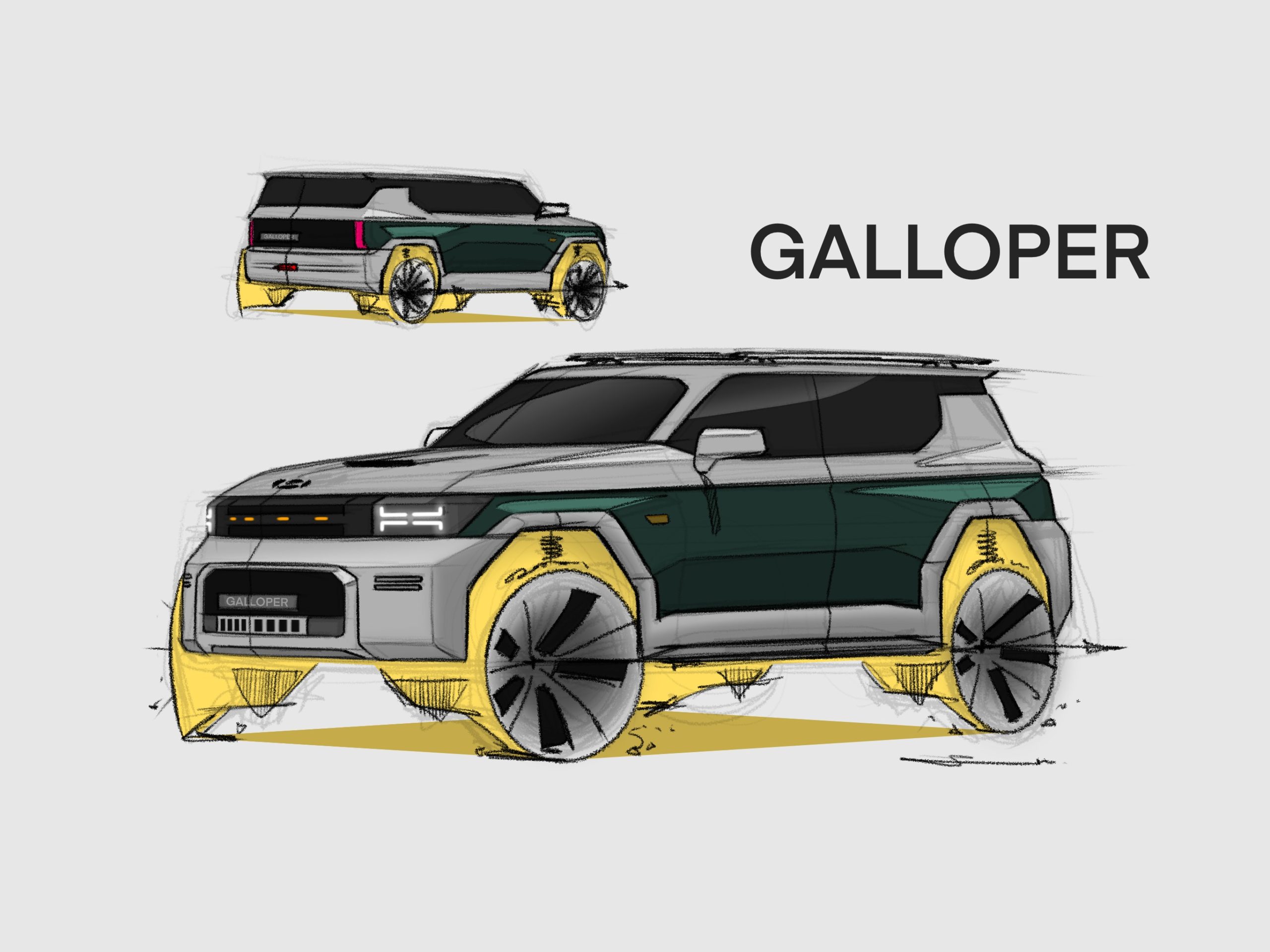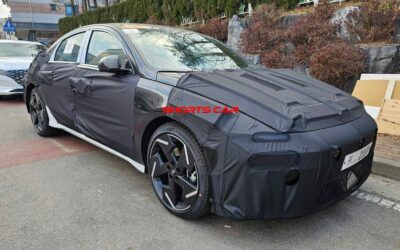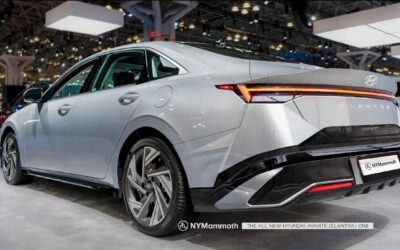Numerous Korean media channels said that a Hyundai Galloper SUV Heritage concept is already in the works and could become into a future model. After the debut of the Grandeur Heritage concept, who served as inspiration for the 7th generation Grandeur what is now a total success in terms of sales, it’s not crazy at all, and korean designer sustvin have made a rendering to imagine how it could look.
As Hyundai said at Grandeur Heritage’s presentation: “The Heritage Series, which discovers new values and charms from the legacy of the past, is expected to continue its legacy with the addition of ‘Heritage Series Galloper’ in the future”. In 1991, the Seoul Hyatt Hotel was the site of the launch of a new mid-sized SUV, the Hyundai Galloper.
A pet project of now Honorary Chairman of the Hyundai Motor Group, Chung Mong Koo, which at the time no one felt the Galloper could dislodge the Ssangyong Korando, the popular and dominant SUV in the Korean market. That said, it would take only a year for the Galloper to surpass the Korando. To many this would be but the start of what would become the Galloper shinhwa “myth and legend”.
Stepping back in the story, following family expectations and after graduating from college Chung Mong Koo joined the Hyundai Group, South Korea’s largest and highly diversified industrial conglomerate. By the mid-1970s, Chung was personally involved in the forming of a new division within the Group—Hyundai Precision and Industry Company LTD.
With the growth of Korea’s export industry and increased transportation via ocean transport ships, Chung Mong Koo recognized the growing demand for ocean-going containers. In this new venture, Hyundai Precision’s approach was to establish a standard for cargo containers, while also gaining acompetitive edge through production technology and product development. The model proved to be highly successful.
Meanwhile, as the Hyundai Group’s fledgling car division expanded its operations Hyundai Precision, too, saw an opportunity and began to support the Hyundai Motor Company as a Tier I supplier. Soon after, Chung and Hyundai Precision would look to introduce its own four-wheel drive vehicle to the Korean market–independent of Hyundai Motor Company.
Under Chung’s leadership, Hyundai Precision had since 1988 worked on developing the J-car project with a team from America’s Roush Enterprises. This became the X-100 ECS ROUSH. However, despite hopes the vehicle would have widespread appeal, reaction to the prototype by a test market study with U.S. consumers was poor.
Undaunted Hyundai Precision turned to Mitsubishi for production support. After review, the Mitsubishi Pajero was selected. As was common at the time, the model would badge engineered and locally manufactured for the Korean market. Badged as the Hyundai Galloper, the SUV’s would be produced by Hyundai Precision at its Ulsan plant complex.
It is worthy to note that Hyundai Motor Company provided the engines, transmissions and body panels, while Hyundai Motor Service, the Group’s autoretail arm distributed and sold the SUVs. (Hyundai Motor Service one of the companies Chung oversaw in addition to Precision). By 1999, Chung Mong Koo would assume control of Hyundai Motor Company.
In addition to his leadership role of HMC, plus another five of the Group’s companies including Hyundai Precision, the car division also acquired Kia Motors. Soon after to consolidate, Galloper production was moved to Hyundai Motor. By 2000, amid a restructuring of the Hyundai Motor Company and its affiliates, Precision’s name was changed to Hyundai MOBIS. In 2003 after a successful 12-year run, the Hyundai Terracan succeeded the Galloper.
What does remain is the Galloper shinhwa, a legacy that could take advantage of Hyundai’s position in the market and return into an all electric off road model to compete against the Ford Bronco or Jeep Wrangler.







